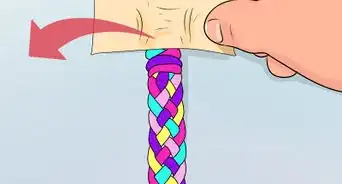wikiHow is a “wiki,” similar to Wikipedia, which means that many of our articles are co-written by multiple authors. To create this article, 10 people, some anonymous, worked to edit and improve it over time.
wikiHow marks an article as reader-approved once it receives enough positive feedback. This article received 17 testimonials and 93% of readers who voted found it helpful, earning it our reader-approved status.
This article has been viewed 269,819 times.
Learn more...
Bamboo is a widely grown, renewable resource. It is used in crafts, furniture making, and even as a building material. When bamboo is freshly cut and green, it is very pliable, and can be shaped and manipulated for various uses. Learn how simple it is to bend bamboo to meet your needs.
Steps
Bending Bamboo Using Water
-
1Fill a tub with lukewarm water. Place your bamboo poles in the tub and allow them to soak overnight.[1]
- As with wood, bamboo requires moisture to bend. The moisture softens the lining and hemicellulose in the bamboo cells and allows them to flex. Without heat and moisture, these molecules crystallize making them virtually immovable.
- Depending on the size and thickness of the bamboo, soaking time may be longer.
-
2Test your bamboo. Pull the bamboo out of the water and slowly bend the bamboo, attempting to coax it into the shape you need. If you hear a crackling sound, the bamboo has not been soaked long enough, and needs to be placed back in the water.[2]Advertisement
-
3Draw your desired shape. Take a large sheet of paper and sketch out the shape you want you bamboo to take. Place this paper on top of your large piece of plywood.[3]
-
4Nail the design. Using the sketch as your guide, hammer nails into the plywood, following the sketched shape. Each nail should be approximately an inch apart.
- Hammer in a second row of nails. This row should run parallel to the shape you just nailed and the distance between the two rows should be slightly larger than the diameter of the bamboo.
-
5Shape your bamboo. Once your bamboo has been adequately soaked and is pliable, remove it from the water and place it on the plywood between the nails. Allow the bamboo to dry 1-3 days.
- You can test whether your shape has been set by picking the bamboo off the board. If the bamboo retains the desired shape, it has finished drying into shape.
Bending Bamboo Using a Knife
This method is frequently used by furniture makers to either correct a crooked piece of bamboo, or for creating a gentle curve or rounded edge. This technique can be used both on round bamboo canes or split bamboo.[4]
-
1Cut your bamboo. Make a V-shaped cut right beneath one of the bamboo nodes. A node is one of the joints in the bamboo pole that looks like a knee and divides the cane into segments.[5]
- Make your cut narrow if the bend you desire is slight. Make your cut wider if the bend you need is more dramatic.
- The cut can be as deep as two-thirds the diameter of the pole. Cuts can be shallower for less dramatic bends.
-
2Make multiple node cuts in the same cane to create a circular shape. Cutting near a node makes this alteration less visible.
-
3Bend your bamboo into shape. Secure it either by lashing it, or using an adhesive to set your bamboo in place.
Bending Bamboo Using Heat
This method is more advanced than the ones above. It is used primarily by seasoned craftsmen who use the bamboo to make furniture and very complex handicrafts.[6]
-
1Hollow out your bamboo poles. Use a piece of rebar (a steel bar commonly used as a tension device to reinforce concrete) to break the bamboo's internal nodes. This is done by shoving the rebar in and out of the bamboo pole on one end, then the other. You should end up with a hollow tube.[7]
-
2Drill some vapor holes. Vapor builds up during the application of heat to the bamboo pole. In order to let the vapor escape, it is recommended that you drill a few holes at the nodes.[8]
-
3Heat your bamboo. Take your torch and begin applying heat to the pole with the flame, continually moving from the widest part of the bamboo, to the thinnest. The heat should be above boiling temperature. This achieves two things:[9]
- The heat coloring of the bamboo. Application of the heat acts as a stain on the bamboo and gives it a warm, coffee color.
- The lignin and pectin in the bamboo becomes soft and pliable allowing you to more easily mold the bamboo.
-
4Check the bamboo for flexibility. Using a wet rag, sweep down the bamboo pole, wiping moisture over surface. Test the flexibility of the bamboo by bending the pole slightly. It should give fairly easily.
-
5Plug one end of your bamboo and fill it with fine sand. Hit the bamboo with the side of your hand or the side of the small shovel to move the sand all the way to the bottom of the pole. The sand stabilizes the bamboo so the walls do not buckle when you bend it.
-
6Prepare to bend the bamboo pole. Dig a hole in firm earth that is 6"-8" deep and slightly larger than the circumference of the pole. Holding it firmly for leverage, you are now ready to shape the pole.
- Begin by torching the pole again. Concentrate on the area you wish to bend, and keep the flame moving.
- Periodically wipe the pole with a wet rag. The water prevents the bamboo from drying out and becoming brittle. Dried bamboo can break or split easily.
- As you work the pole with the torch, begin to bend the bamboo pole into your desired shape.
- Repeat torching, bending, and dampening until you finesse the bamboo into the desired shape. This may take time. It is at this point that bamboo often splits, due to all of the stress it is under. The more time you take shaping the bamboo gradually, the less chance you have of splitting your pole.
-
7Enjoy your newly-bent, heat-colored bamboo pole! These larger poles are used primarily for furniture, but can also be made into a variety of crafts.
Community Q&A
-
QuestionWhat kind of bamboo is best suited for bending with heat?
 Community AnswerBamboo that is solid and smaller in diameter is usually the best for bending with heat.
Community AnswerBamboo that is solid and smaller in diameter is usually the best for bending with heat. -
QuestionCan I make sturdy furniture using the first two steps in bending bamboo?
 Community AnswerSure! Why not? Many Eastern folk crafts have exploited bamboo's flexibility using only straightforward approaches like those in steps 1 and 2. You may want to reinforce the bamboo by using more than one stalk together in some places.
Community AnswerSure! Why not? Many Eastern folk crafts have exploited bamboo's flexibility using only straightforward approaches like those in steps 1 and 2. You may want to reinforce the bamboo by using more than one stalk together in some places. -
QuestionAre there any limitations in the length of the bamboo that has to be used?
 Community AnswerDiameter is key. Keep it close to one inch, and it should be fine.
Community AnswerDiameter is key. Keep it close to one inch, and it should be fine.
Warnings
- Exercise caution with blow torches. Make sure you a familiar with their use and maintenance before you begin a project.⧼thumbs_response⧽
Things You'll Need
For bending bamboo using water:
- Bamboo poles
- A tub large enough to accommodate the bamboo poles you wish to bend
- Water
- Plywood board
- Paper
- Pencil
- Hammer
- Nails
For bending bamboo with a knife:
- Freshly cut bamboo poles
- A sharp knife
For bending bamboo using heat:
- Freshly cut bamboo poles (larger poles for furniture making are recommended for this method)
- Rebar
- Hand drill with a small bit
- Blow torch
- Small shovel
- Fine Sand
- Rags
References
- ↑ https://www.researchgate.net/publication/314500689_Curved_Bamboo_Structural_Element
- ↑ https://www.researchgate.net/publication/314500689_Curved_Bamboo_Structural_Element
- ↑ https://www.researchgate.net/publication/314500689_Curved_Bamboo_Structural_Element
- ↑ https://www.researchgate.net/publication/314500689_Curved_Bamboo_Structural_Element
- ↑ https://www.researchgate.net/publication/314500689_Curved_Bamboo_Structural_Element
- ↑ https://www.architerials.com/2011/12/qa-special-how-to-bend-bamboo/trackback/index.html
- ↑ https://www.architerials.com/2011/12/qa-special-how-to-bend-bamboo/trackback/index.html
- ↑ https://www.architerials.com/2011/12/qa-special-how-to-bend-bamboo/trackback/index.html
- ↑ https://www.architerials.com/2011/12/qa-special-how-to-bend-bamboo/trackback/index.html
About This Article
To easily bend bamboo using water, place the poles in a large tub and fill it with lukewarm water, which will soften the wood fibers. Allow the poles to soak overnight in the water, and then remove it from the tub. Hold the pole in your hands and slowly bend it into the desired shape, stopping if you hear any cracking or snapping. If the wood doesn't snap or crack, draw out your design and use a piece of wood with nails to act as a mold for the bamboo. Bend the bamboo into the desired shape and let the wood dry in the mold for 1-3 days. Keep reading for tips on using a knife or heat to bend bamboo!
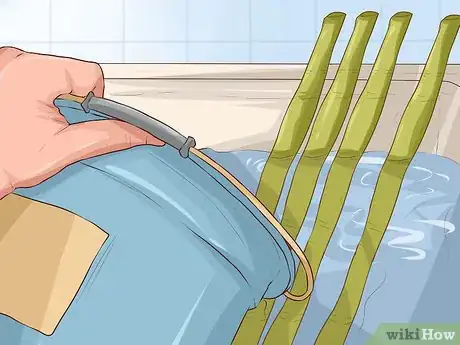
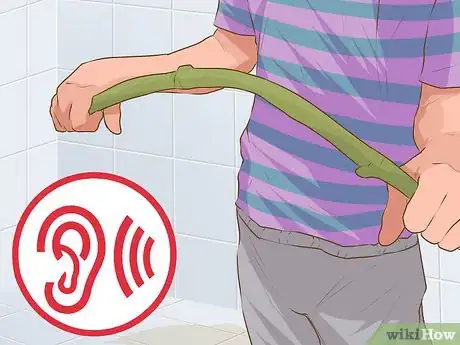
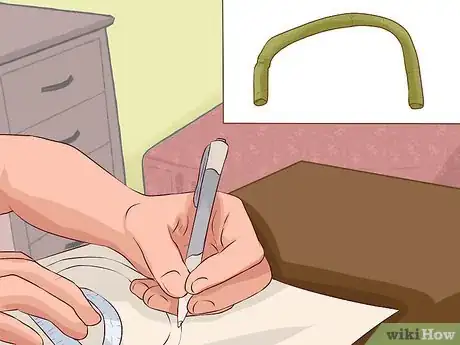
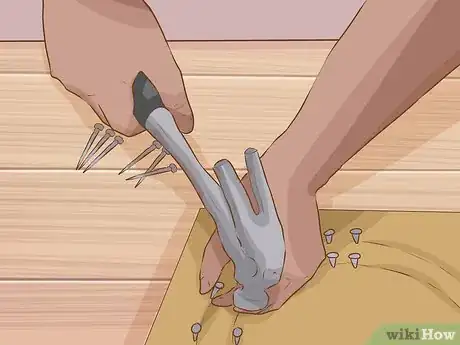
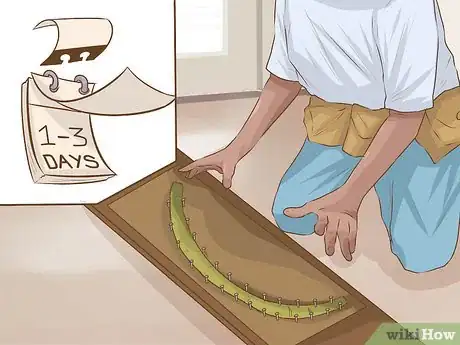
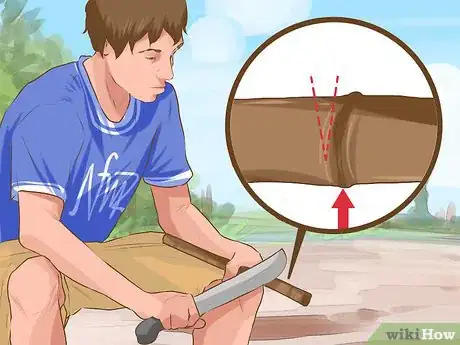

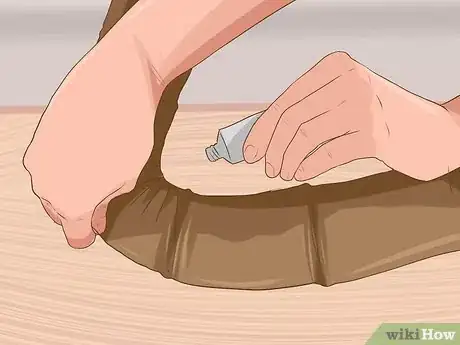


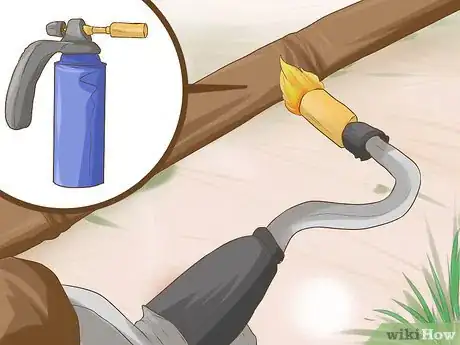
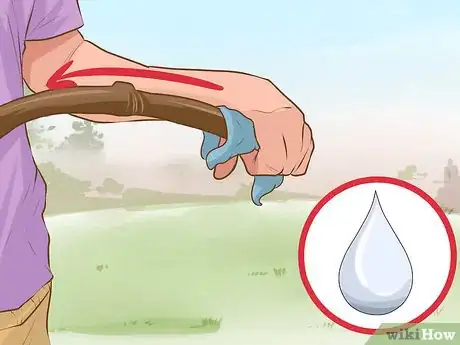
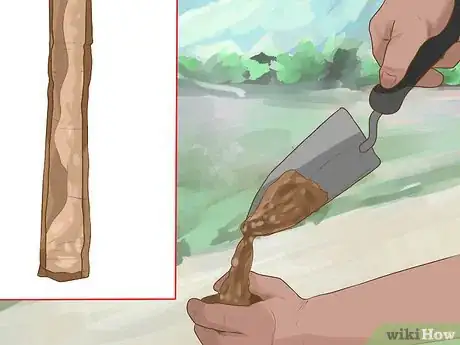

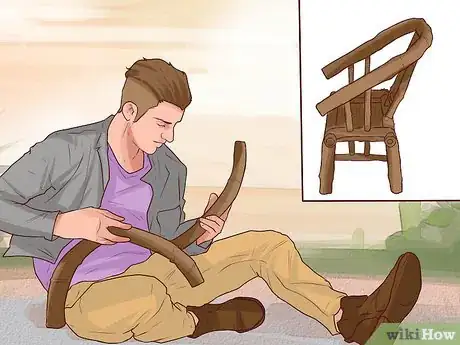

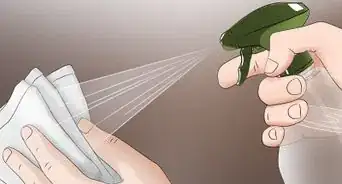

-Step-11.webp)


